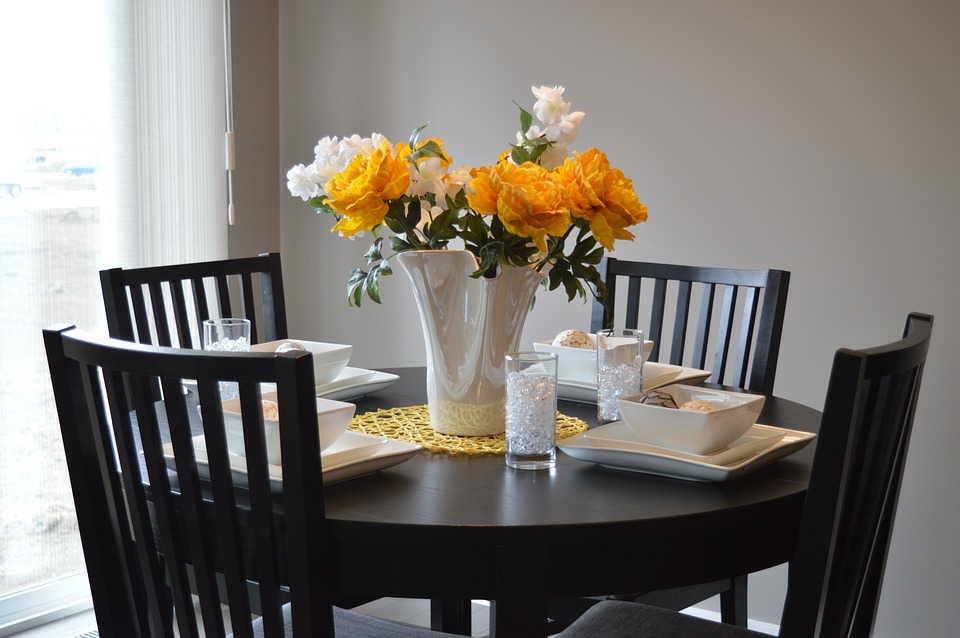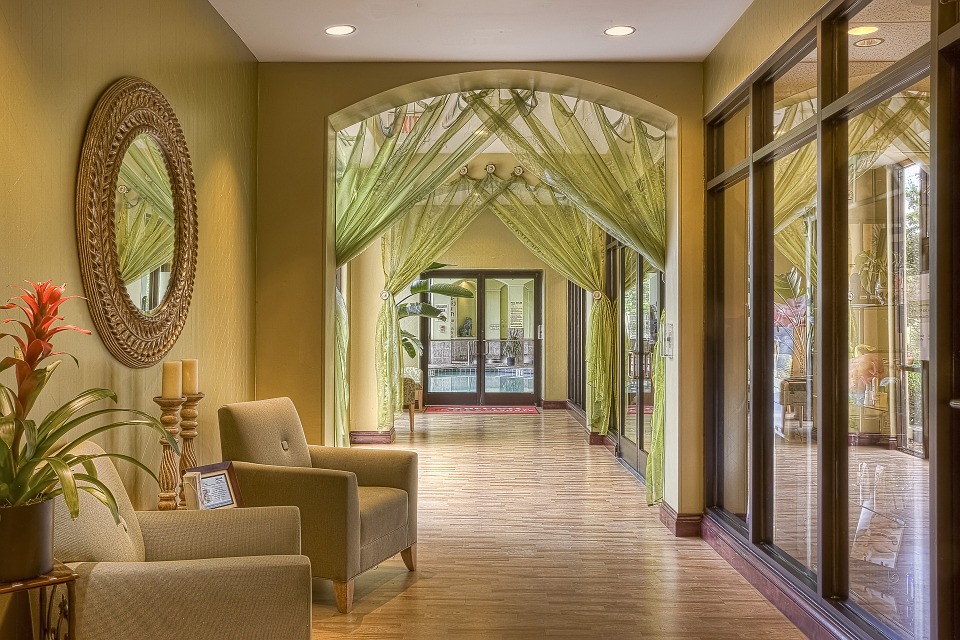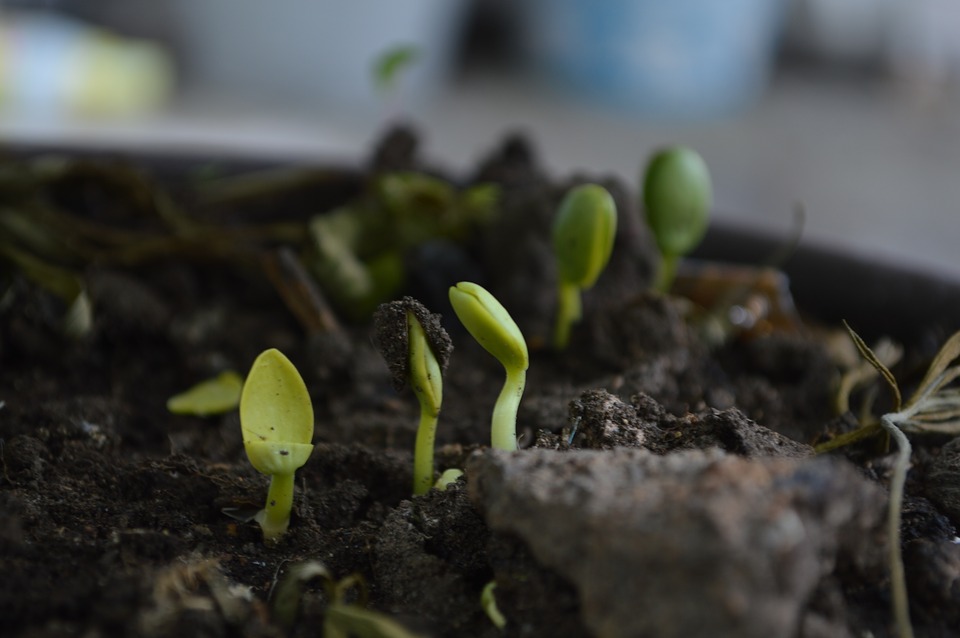But, when you enter your home after such a lavish holiday, don’t you feel irritated to see the unmade bed and cluttered bathroom? Yes right!! So, It’s worth to experience even a small version of this luxury in your daily lifestyle.
With that point of view, I am listing out today some really effective ways through which you can easily attain a deluxe and opulent experience at your home. Have a look!!
A lavish bedroom is the first priority
You’ve to agree with the fact that when you go to a luxury hotel the first thing which catches your attention is a well-designed bed with matching cushion, bedsheets, and mattress. So, at the very first step, start with a premium quality mattress and then layer it up with the fluffy and big pillows.
Choose a king or queen size bed with a headboard upside, two bedside tables, two beautiful side lamps, etc.
Make a stupendous entry-way
Just think of the last awesome hotel you visited, you would have noticed a well-organized lobby with some pretty orchids, designer mirrors, and dim lighting. Incorporating such a view in your small entry-way of your home is not a tough job. You just have to do a simple thing to attract your visitor’s eye to an attractive centerpiece. It can be a small table made up of marble, wood or glitzy lacquer.
A refreshing spa bathroom

When you’re thinking of imitating a luxury hotel, one thing which is must-have is a posh bathroom décor. You can add a glass confined walk-in shower, a dip sink with large mirrors and extremely appealing and pleasant smelling soaps. And to make it more hi-fi and comfortable things which you can add are soft towels like the puffy clouds and a bathrobe.
Designer curtains are must
When it comes to the window and door curtains, these are very important. It’s because the whole look of your home is dependent on these curtains up to a great extent. If you go for cheap curtains from the local store then you’re spoiling your home decor. The curtains should be of exact measurements and the ones which are in contrast with the color of your walls look more good.
Read also: Top Expert Tips For A Stunning Condo Interior!
Gorgeous lighting is necessary

A five-star or seven-star hotel is never dark or dreary. It has enough lights that brighten up the whole interior and give the hotel-room a prominent look. At first, think of the huge overhead lights in your home. You shouldn’t use the out-dated ones and instead go for the modern and lush light-fixtures. Then add some beautiful lamps to your side-tables. An artistic look of the lamps makes a real difference. You can try that. Next, don’t forget to add some light scones over your artwork which will make them effectively visible.
Flowers and greenery give the ultimate touch

You can add some pretty, pleasing, elegant and aromatic floral arrangements in your every room. And even you can add those decorative plants to give an aesthetic look and make the rooms look more like a hotel room. When you enter a hotel room, the first thing which you smell is some sweet-smelling blooms. So, add up them to your home as well.
These changes in your home decor will surely change it for better and will make you feel as if you’re in one of the snuggest hotels of the town. Lastly, have a happy home and great living!!
Read also:























